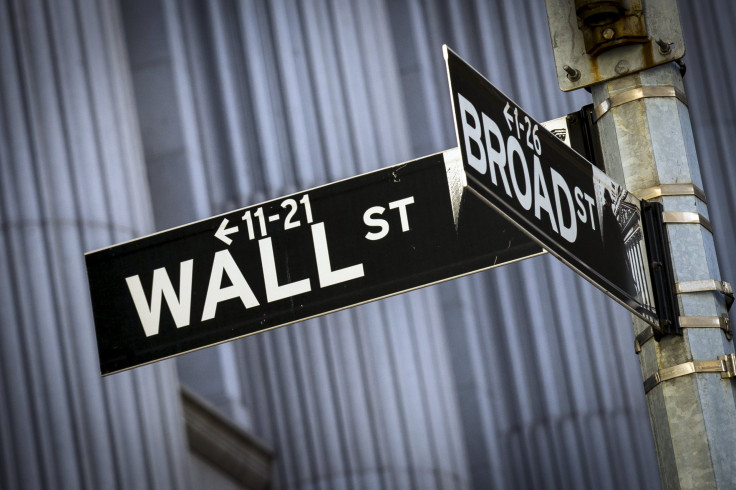Goldman Sachs Loses Luster in Comparison of Mutual Fund Performance

It’s a long-running debate: Should you trust your retirement savings to an actively managed mutual fund that pays fees to a manager who hopes to beat the market. Or, is it better to pick a more passive investment strategy with lower fees?
A New York Times analysis of Wall Street’s biggest players in the mutual fund space is the latest report to knock active managers down a peg. The review, performed with Morningstar, finds most mutual funds run by Goldman Sachs, Morgan Stanley, JPMorgan Chase and Wells Fargo “have underperformed their basic benchmarks over the last 10 years.”
Of all the banks, Goldman’s performance comes out looking the worst. Just 12 percent of its mutual funds did better than an analyst-assigned benchmark during a 10-year period.
That compared to 25 percent of mutual funds at Wells Fargo, 31 percent at JPMorgan Chase and 38 percent at Morgan Stanley.
Goldman's average annual fees were second-highest among the banks, at 1.2 percent, the Times said. Morgan Stanley charged the most, at 1.24 percent.
The back-and-forth between believers in active versus passive strategies has been “a contentious subject for decades,” S&P Dow Jones Indices noted in its 2014 annual SPIVA U.S. Scorecard, which tracks the industry. That report, too, observed active managers falling behind: During a 10-year run, 82 percent of large-cap fund managers failed to beat the S&P 500 benchmark.
And when you’re paying more for active management than for a passive investment in an index fund, underperformance really highlights the cost of fees.
Using Morningstar data, International Business Times showed in a story earlier this year $10,000 invested in the average active mutual fund from Jan. 1 to Dec. 31, 2014, earned $1,148. Then subtract from that an average 1 percent in average fees (a little less than what Goldman and Morgan Stanley charge), and you’ve made $1,036.52
By contrast, the same amount invested during the same 12-month period in a passively managed fund would have netted a $1,446 average return, but with fees of only 0.2 percent, you’d net $1,423.10.
Between performance issues and fees, it’s perhaps no wonder that investors have been taking a step back from actively managed U.S. equity funds: They’ve pulled money from the investment vehicles for nine years running, Bloomberg Markets recently reported. In 2014 alone, Morningstar said, $98.4 billion flowed out of active U.S. equity funds while their passive counterparts attracted $166.6 billion from investors.
Hence low-cost investment guru John Bogle, founder of Vanguard Group, is predicting the eventual collapse of the actively managed “cash cow” business altogether.
“In 25 or 30 years, they’ll be gone,” he told Bloomberg Markets in its April issue. “That seems like an extreme statement, but I think it’s not without possibility.”
© Copyright IBTimes 2024. All rights reserved.











